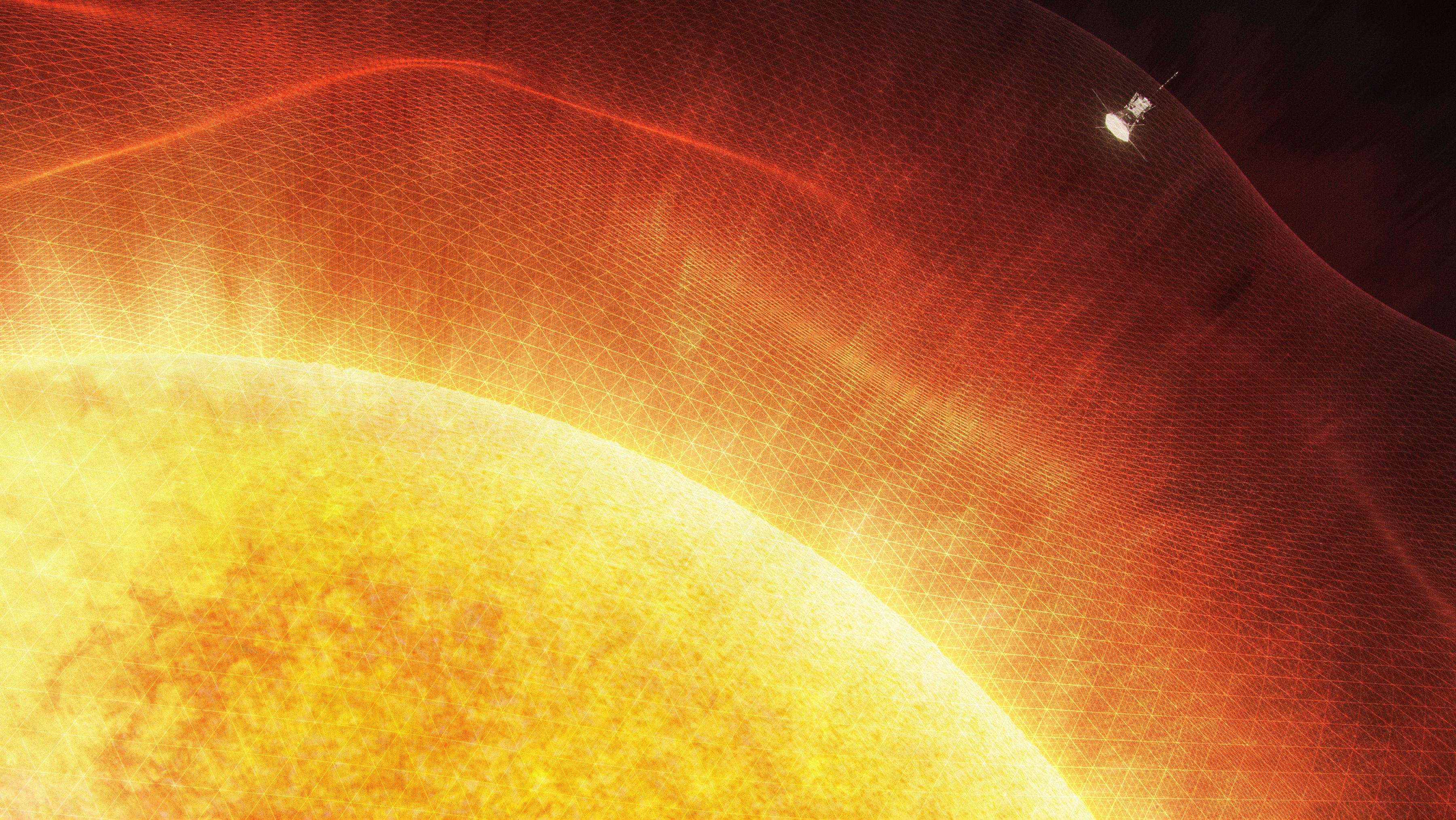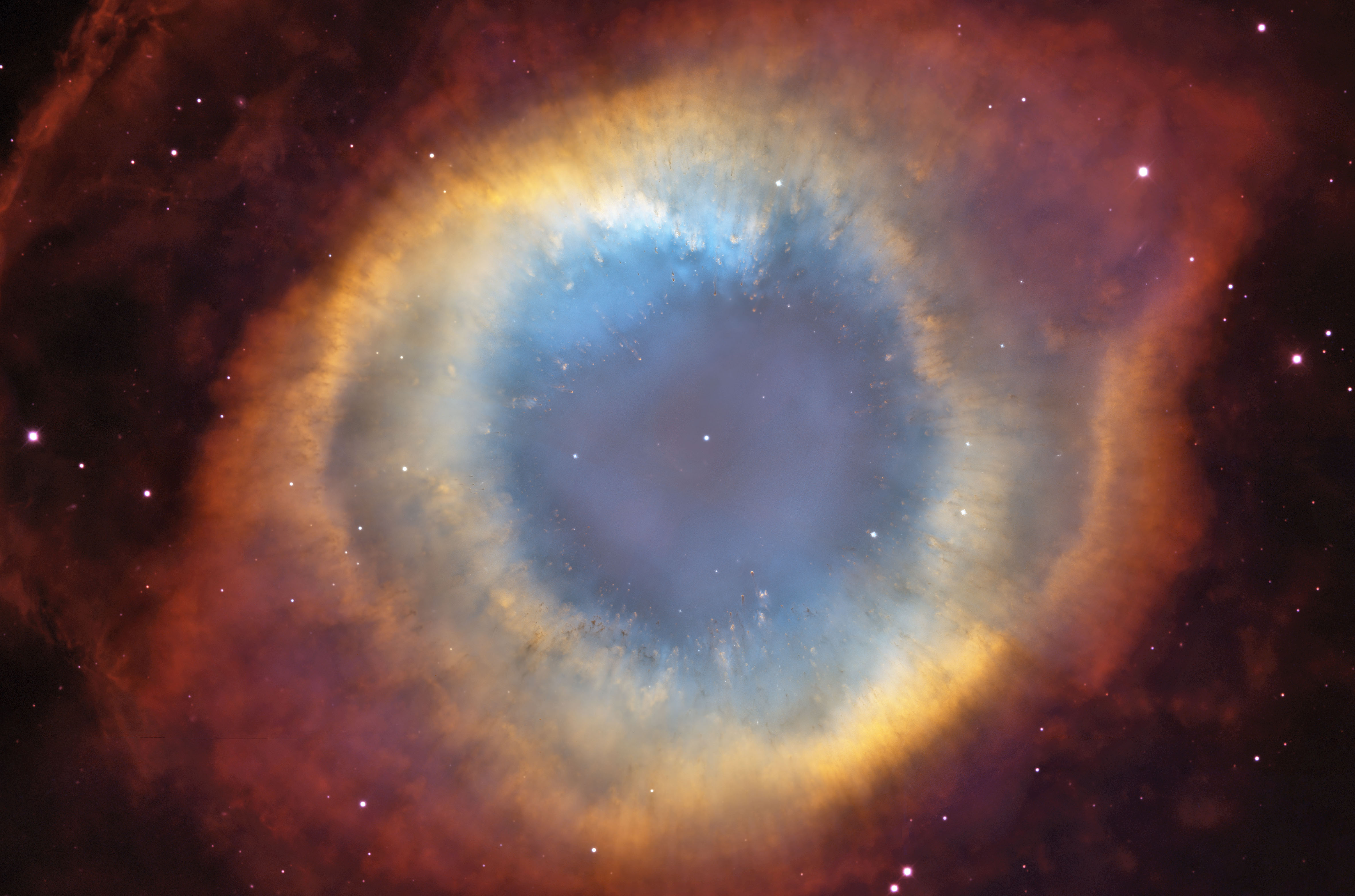World’s oldest trees reveal the largest solar storm in history
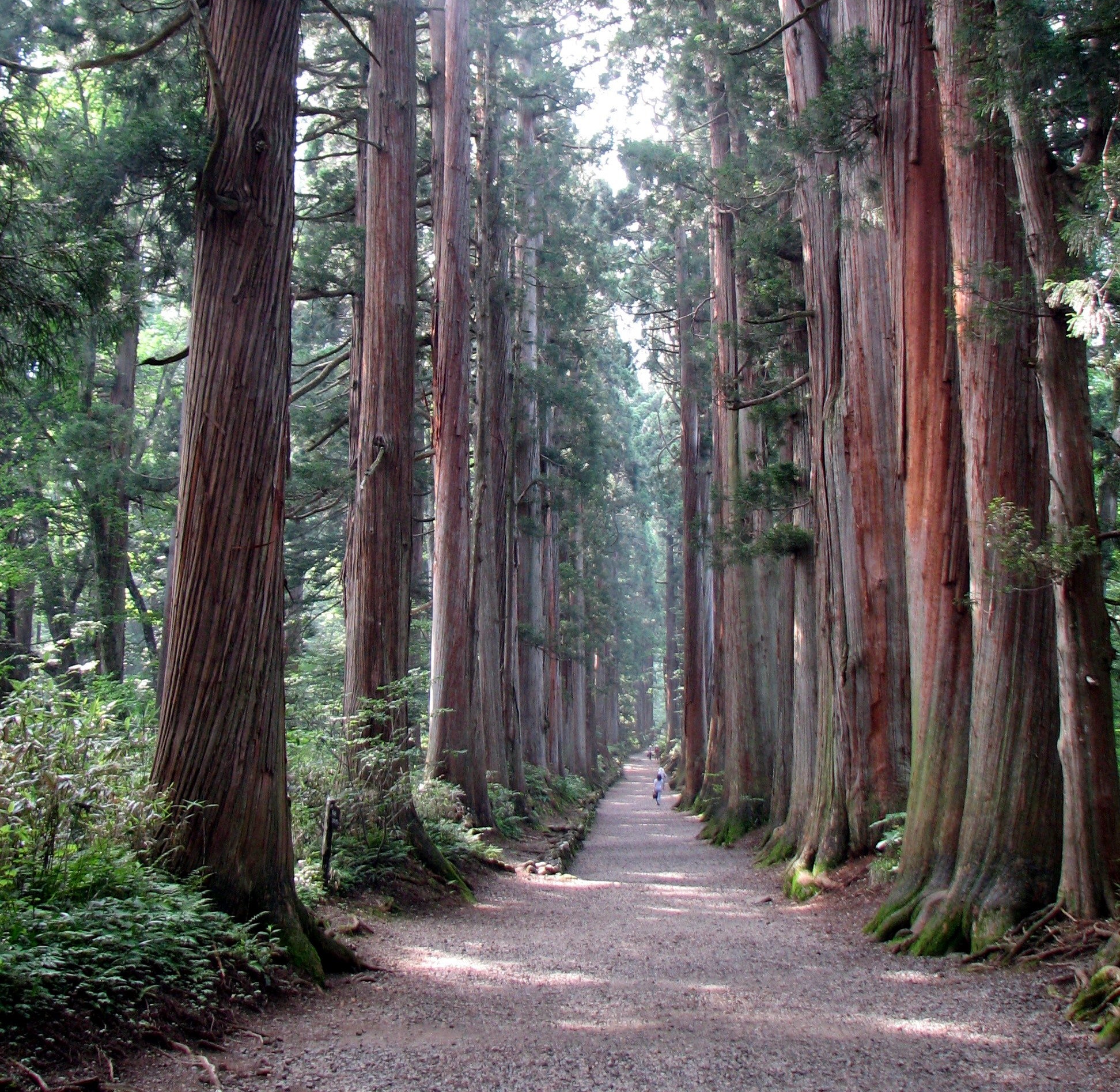
- One of the greatest threats to all of humanity’s electronic and electrified infrastructure is a solar storm, which has the potential to cause a multi-trillion dollar disaster.
- Currently, we have no sufficient protections in place to defend against an event such as the great storm of 1859: known as the Carrington event.
- But in the years 774-775, an even larger cosmic event occurred, striking Earth with a fury never seen before. After a 10 year investigation, we’ve found that the Sun is even more violent — and more threatening — than we’d ever imagined.
While humanity reckons with many problems here on Earth — war, political turmoil, an ongoing pandemic, all alongside the energy, climate, and water crises — it’s important to remember just how relentless the Universe can be. While earthquakes, tornadoes, volcanoes, hurricanes and other natural disasters haven’t exactly ceased in the meantime, there’s a looming threat for which we’re completely unprepared: a solar storm. Without any mitigations, widespread electrical fires and power station failures could come with damages costing trillions of dollars, impacting the lives of of billions.
Historically, the largest recorded solar event occurred back in 1859: the Carrington event. But more than a millennium prior to that, an even stronger cosmic event struck Earth. We know this because, back in the years spanning 774-775, there was a tremendous spike in the presence of carbon-14 in Earth’s atmosphere, and the evidence is found in tree rings all across the world. After a full decade investigating the possible causes of this spike, the scientific conclusion we’ve reached is that the Sun was to blame. A solar storm from more than 1200 years ago may have been the most powerful one recorded in natural history. The Earth, as a result, may be at an even greater risk from a worst-case solar storm than anyone thought possible.
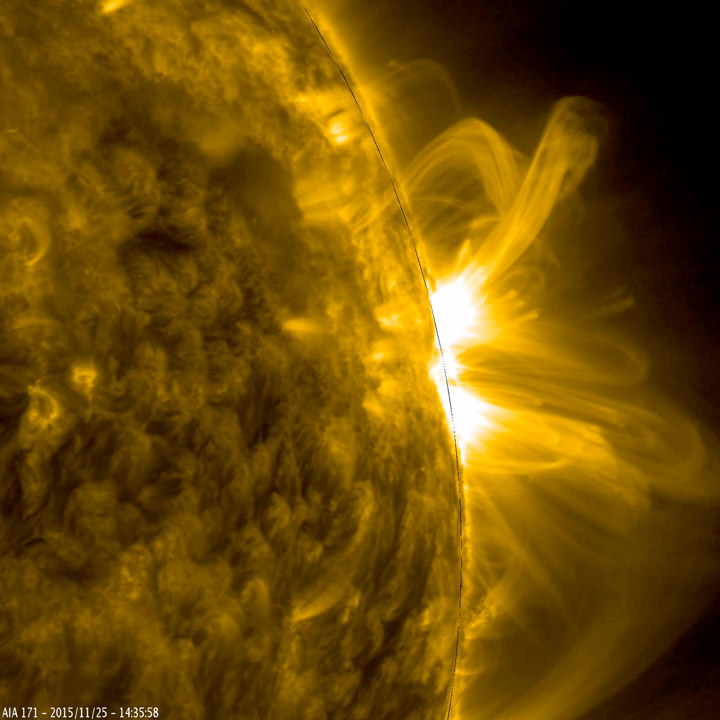
The science of solar astronomy — where we directly observe the Sun — is a relatively young one. Although sunspots had been referred to and recorded since the 4th century BC, they were only identified as being inherent to the Sun during the time of Galileo in the early 1600s. The observations that these spots not only appeared on the Sun, but migrated across its surface as it rotated, were the first to robustly challenge Aristotle’s notion that the Sun was perfect: without either flaw or motion.
The connection of sunspots to solar flares wouldn’t be made until 1859, when solar astronomer Richard Carrington, while tracking a large, irregular sunspot region, observed what he called a “white light flare” that lasted for approximately five minutes. 18 hours later, the largest geomagnetic storm in recent history occurred on Earth, resulting in:
- worldwide auroral displays, including at the equator,
- miners awakening in the middle of the night, thinking it was dawn,
- reports of aurorae so bright that newspapers could be read by their light,
- and electrical systems, such as telegraphs, began sparking and igniting fires, even when they were completely disconnected and unplugged from any power source.
Given the tremendous development, subsequently, of humanity’s electric and electronic infrastructure, it’s easy to see how a similar event, if it were to occur today, could lead to an unprecedented catastrophe.
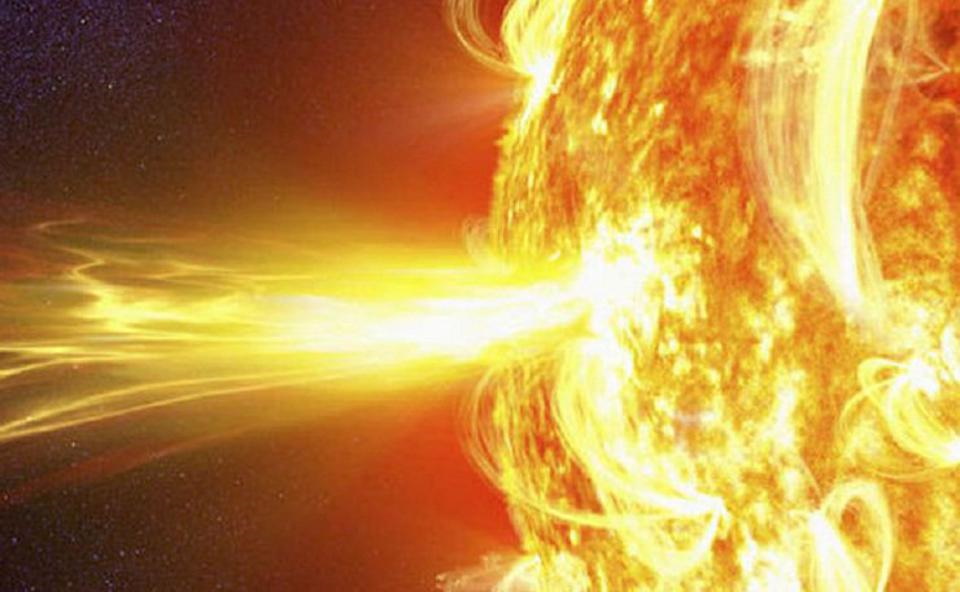
There have been smaller solar storms, subsequently, that have impacted humanity. A three-day geomagnetic storm in 1921 sparked a number of fires worldwide, including near New York City’s Grand Central Terminal. A 1960 solar event caused widespread radio disruption, and then 1972’s solar storms caused major electrical and communications grid disturbances, even causing the accidental detonation of numerous naval mines. Meanwhile 1989’s geomagnetic storm caused massive power outages and substantial damage to the electrical grid.
In July of 2012, the largest solar eruption since 1859 occurred, with intrinsic properties comparable to the Carrington event. Fortunately, the ejecta missed Earth as the Sun was rotated out-of-position; if the outburst had occurred 9 days earlier, it would likely have caused the most expensive natural disaster in human history.
What’s less clear, however, is how it’s possible to reconstruct what occurred more than 1000 years ago, when solar storms had no negative consequences for humanity and solar astronomy was a practically non-existent science. What was once mere guesswork suddenly became a scientific detective story thanks to an unlikely witness: ancient cedar trees.
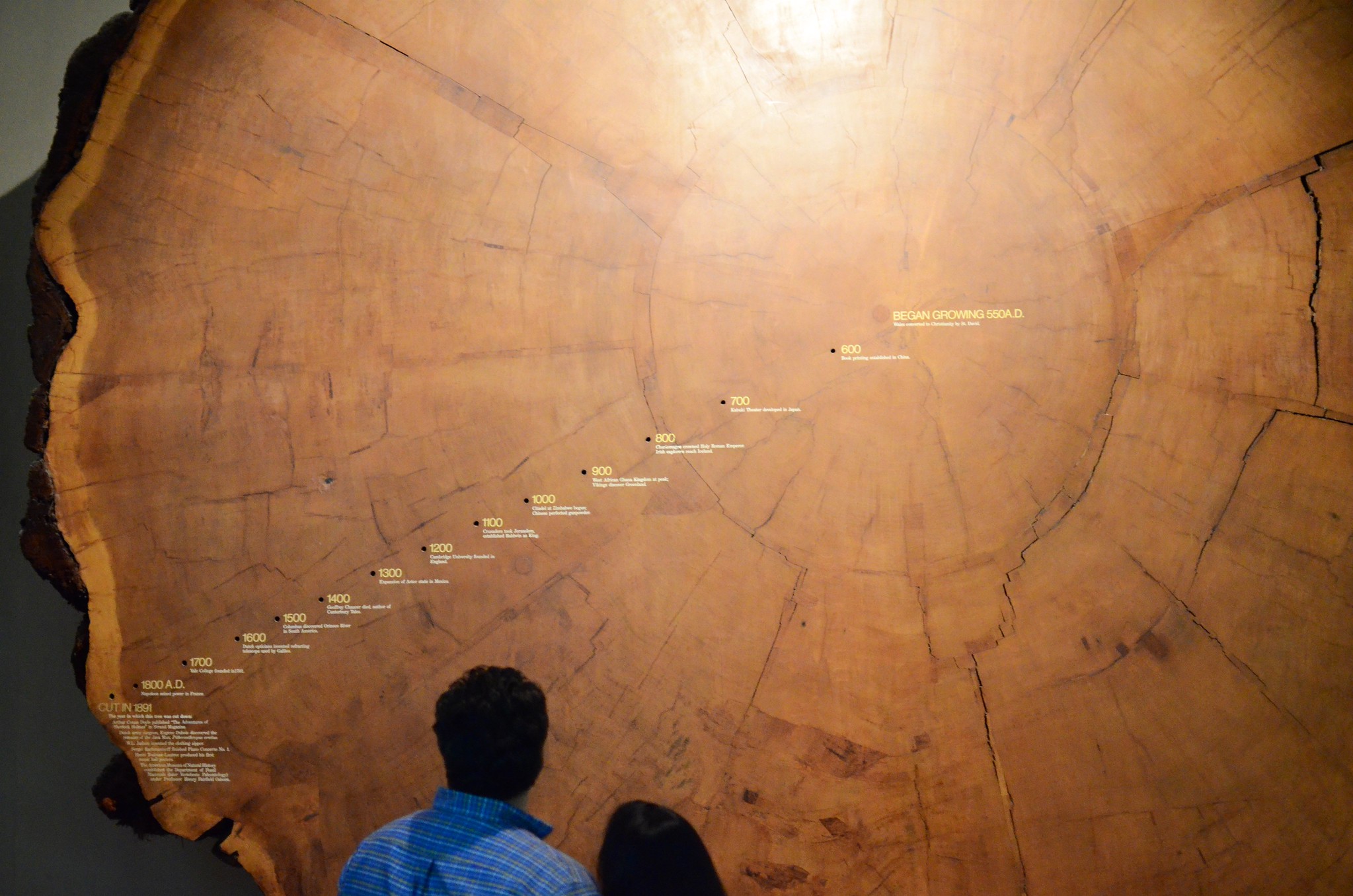
Trees, quite famously, grow from the inside-out, producing a new set of rings in their trunks with each passing year. The past 3000 years, in particular, have been particularly well-documented thanks to a landmark data set synthesized from tree-ring data that spans the globe. Carbon is one of the most important elements found in all organic matter, derived either from the air (for most plants) or from the carbon-based matter consumed (by most animals) for food. Carbon comes in three varieties:
- carbon-12, with 6 protons and 6 neutrons in its nucleus, which accounts for most naturally occurring carbon,
- carbon-13, with 6 protons and 7 neutrons in its nucleus, representing about 1.1% of naturally occurring carbon,
- and carbon-14, with 6 protons and 8 neutrons in its nucleus, which is radioactive, possessing a half-life of about 5700 years.
If the only source of carbon were the material that Earth initially formed from some 4.5 billion years ago, there would be no carbon-14 at all, as it would have all decayed away. But there is carbon-14 on Earth, as approximately 1 out of every one trillion carbon atoms has eight neutrons inside its nucleus. We didn’t figure out why until the 20th century: because the Earth is constantly being bombarded by high-energy particles from space.

From all sorts of cosmic sources — stars (including the Sun), white dwarfs, neutron stars, black holes, and even galaxies beyond the Milky Way — high-energy particles are emitted, and some of them collide with Earth’s atmosphere. When they do, they strike the atoms that are present there: mostly nitrogen and oxygen. Those collisions often wind up producing a cascade of particles, including photons, electrons, positrons (the antimatter counterparts of electrons), unstable particles like mesons and muons, along with the common and familiar protons and neutrons.
The neutron, when it comes to carbon-14, is all-important. Most of Earth’s atmosphere (78%) is made of nitrogen gas: a diatomic molecule containing two nitrogen atoms apiece. Nitrogen typically possesses 7 protons and 7 neutrons in its nucleus, but when a neutron strikes it, there’s a finite probability of a replacement reaction occurring, with that neutron replacing one of the protons. Whenever this occurs, the nucleus transmutes from a nitrogen atom (with 7 protons and 7 neutrons) into a carbon atom (with 6 protons and 8 neutrons): specifically, a carbon-14 atom.

From the time it’s produced all the way up until it decays, each carbon-14 atom will behave just like its stable cousins carbon-12 and carbon-13. It readily forms carbon dioxide in our atmosphere, and gets mixed throughout the atmosphere and the oceans. It gets incorporated into all living organisms exactly as any other form of carbon would, until it reaches equilibrium concentrations with the surrounding environment.
It’s only when an organism dies — or, in the case of organisms like trees, its annual/seasonal ring is fully formed — that no new carbon-14 can enter it. At that point, the amount of carbon-14 inside of it is at a maximum, and from hereon out, it decays just as you’d expect: exponentially and probabilistically, with an overall half-life of ~5700 years.
The way we carbon-date organisms is by measuring the current carbon-14 to carbon-12 ratio. Since the ratio of those two species to one another, at any given time, is extremely stable (it stays at about 1-part-in-a-trillion over time, with variations at only the 0.6% level from year-to-year), measuring the carbon-14/carbon-12 ratio at any time allows us to determine how much time has passed since that organism stopped uptaking new carbon-14.

That’s why measuring tree-rings — and, in particular, the measurement of tree-rings in Japanese cedar trees that were alive in the years 774-775 — gave us such a scientific shock when we analyzed them. Over the past 3,000 years, there were only four brief periods where the carbon-14 content of trees increased by more than 3% over the timespan of a decade.
One of them was recent: in the 20th century, which was caused by the open-air detonation of the world’s first nuclear weapons.
Two of them were relatively low in magnitude, and so aren’t the best to analyze.
But one such transition occurred abruptly and with an incredibly large magnitude. From 774 to 775, the carbon-14 content increased a staggering 12%, and did so all at once. This “spike” is about 20 times as large as any other natural variations that were seen to occur on year-to-year timescales, and was quickly confirmed to exist in other places around the world. Other trees from around the world, including in Germany, Russia, New Zealand and even North America also showed this same spike, indicating that the carbon-14 spike was a worldwide phenomenon.

The fact that carbon-14 levels rose is interesting, but isn’t compelling enough, on its own, to reveal a solar storm as the underlying cause. Sure, solar activity is one possibility, but cosmic flares, gamma-ray bursts, or even receiving a direct hit from a black hole jet or collimated supernova event could also cause a spike in carbon-14. However, we have other historical and scientific evidence, and when you add them all together, a solar event is the only reasonable conclusion.
Historically, a “red crucifix in the heavens” was recorded in the Anglo-Saxon Chronicle of 774, which could refer to either a supernova (although no remnant has ever been found) or an auroral event. At almost the exact same time, in 775, Chinese observers reported seeing an anomalous “thunderstorm,” widely suspected to refer to an equatorial auroral event, as no other such “thunderstorm” was ever reported as such.
Meanwhile, the scientific tree-ring data can be combined with ice-core data recovered from Antarctica. While the tree-rings show a spike in carbon-14 from 774 to 775, the ice core data shows a corresponding spike in radioactive beryllium-10 and chlorine-36, which suggest an association with a strong, energetic event of solar particles.

The other two spikes recorded over the past 3000 years correspond to potential solar activity events as well: one from 993 to 994, and one from as far ago as about 660 BC. All three of these events can be unified by a common cause: a rapid ejection of protons from the Sun. Gamma-ray bursts and supernovae don’t produce enough protons, so those explanations are disfavored. Optically invisible events, like extragalactic cosmic flares or a black hole’s jet, wouldn’t have produced coincident historical observations, and so those are disfavored as well. The only option that explains all of the observations, together, is a solar storm.
The spike from 774 to 775 is by far the largest one observed. From the properties of the tree-ring and the ice-core data that we’ve taken, we can even compare the flare that caused it to 1859’s Carrington event, and the results are truly incredible. While the Carrington event is the most powerful solar flare ever recorded in modern times, a full analysis of the data suggests that this 774-775 event, from more than 1200 years ago, may have been up to or even more than ten times as powerful. Although the data is much worse, there’s new evidence just published this year that suggest a solar storm from ~9200 years ago may have even been more powerful than the 774-775 event.
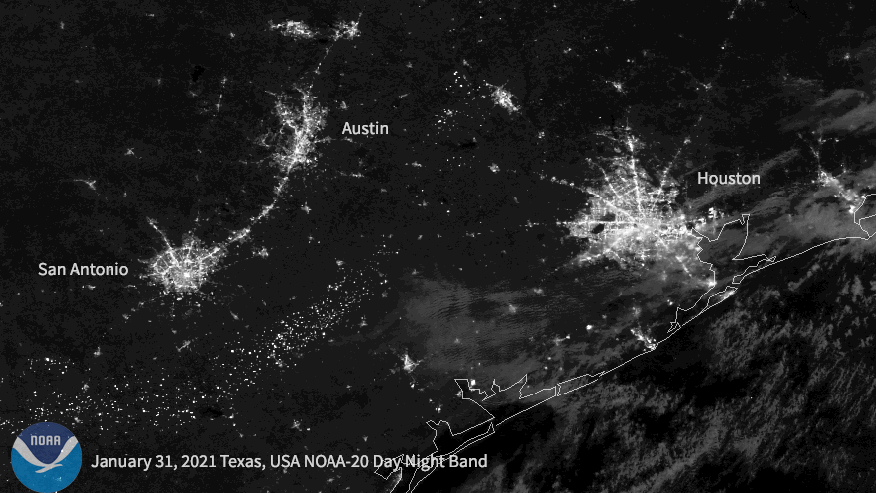
It’s vitally important, when we consider the dangers we face from a potentially devastating solar storm, that we neither exaggerate nor downplay the threats that our own Sun poses. Under normal circumstances, the Sun emits charged particles, with magnetic events driving the release of an occasional flare or an even less common coronal mass ejection. On rare occasion, these emitted particle streams are high-energy and move rapidly, traversing the Sun-Earth distance in under a day. And if the alignment is just perfectly wrong with the flare’s particles striking the Earth directly and the surface solar magnetic field perfectly anti-aligned with Earth’s self-generated magnetic field a terrestrial disaster will ensue.
Until recently, we thought that a Carrington-like event would be a worst-case scenario. But more recent evidence now indicates that solar storms come in varieties that can be ten times as strong as 1859’s Carrington event, with correspondingly more dire consequences for our infrastructure, both on the ground and in orbit around our planet. From a catastrophic cascade of satellites in low-Earth orbit to widespread electrical fires to weeks-long durations without power, the impact on humanity will be felt for decades or even longer.
Unless we prepare our power grid, our energy distribution systems, our space infrastructure, and the citizens of Earth to be ready for the inevitable day where such a flare strikes us, we’ll pay the catastrophic costs all at once. It’s up to us, collectively, to take the necessary preparatory actions to be ready. Otherwise, when it happens, our only avenue will be to pick up the pieces of our civilization and, if we can, attempt to rebuild.
